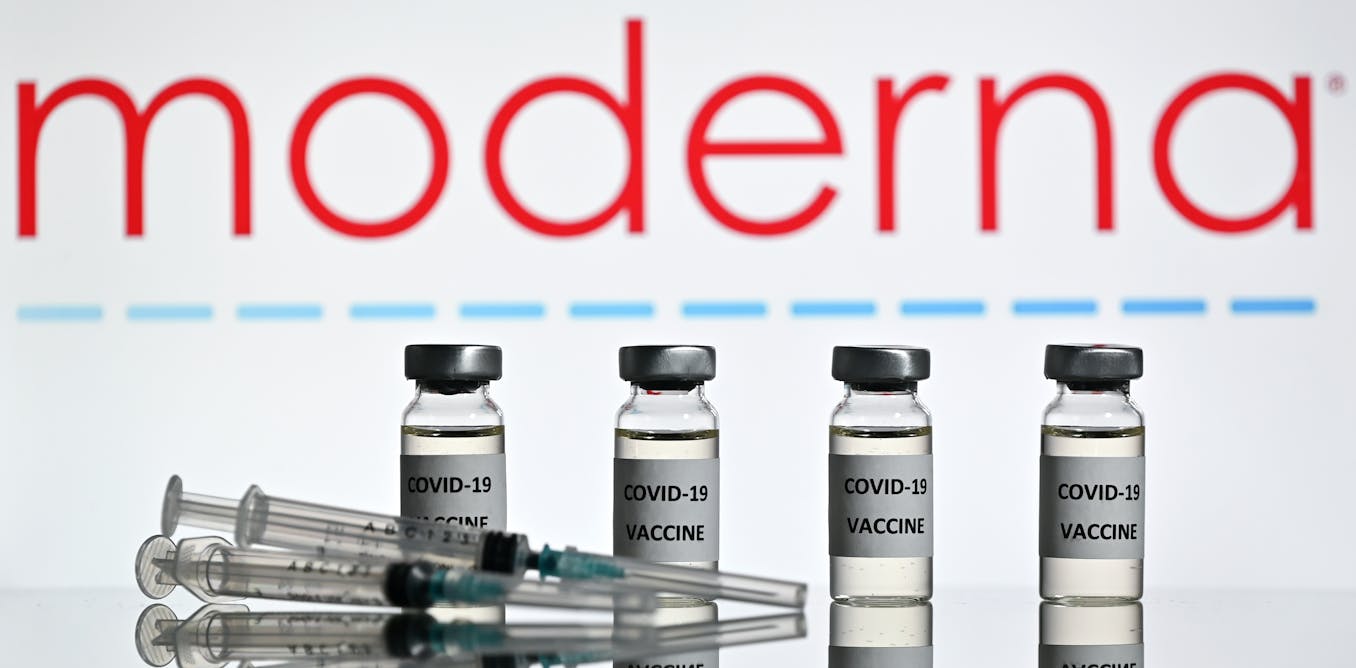By: Sanjay Mishra
November 19, 2020
As the weather cools, the number of infections of the COVID-19 pandemic are rising sharply. Hamstrung by pandemic fatigue, economic constraints and political discord, public health officials have struggled to control the surging pandemic. But now, a rush of interim analyses from pharmaceutical companies Moderna and Pfizer/BioNTech have spurred optimism that a novel type of vaccine made from messenger RNA, known as mRNA, can offer high levels of protection by preventing COVID-19 among people who are vaccinated.
Although unpublished, these preliminary reports have exceeded the expectations of many vaccine experts, including mine. Until early this year, I worked on developing vaccine candidates against Zika and dengue. Now I am coordinating an international effort to collect reports on adult patients with current or previous cancers who have also been diagnosed with COVID-19.
Promising preliminary results
Moderna reported that during the phase 3 study of its vaccine candidate mRNA-1273, which enrolled 30,000 adult U.S. participants, just five of the 95 COVID-19 cases occurred among the vaccinated, while 90 infections were identified in the placebo group. This corresponds to an efficacy of 94.5%. None of the infected patients who received the vaccine developed severe COVID-19, while 11 (12%) of those who received the placebo did.
Similarly, the Pfizer-BioNTech vaccine candidate, BNT162b2, was 90% effective in preventing infection during the phase 3 clinical trial, which enrolled 43,538 participants, with 30% in U.S. and 42% abroad.
How does mRNA vaccine work?
Vaccines train the immune system to recognize the disease-causing part of a virus. Vaccines traditionally contain either weakened viruses or purified signature proteins of the virus.
But an mRNA vaccine is different, because rather than having the viral protein injected, a person receives genetic material – mRNA – that encodes the viral protein. When these genetic instructions are injected into the upper arm, the muscle cells translate them to make the viral protein directly in the body.
This approach mimics what the SARS-CoV-2 does in nature – but the vaccine mRNA codes only for the critical fragment of the viral protein. This gives the immune system a preview of what the real virus looks like without causing disease. This preview gives the immune system time to design powerful antibodies that can neutralize the real virus if the individual is ever infected.
While this synthetic mRNA is genetic material, it cannot be transmitted to the next generation. After an mRNA injection, this molecule guides the protein production inside the muscle cells, which reaches peak levels for 24 to 48 hours and can last for a few more days.











